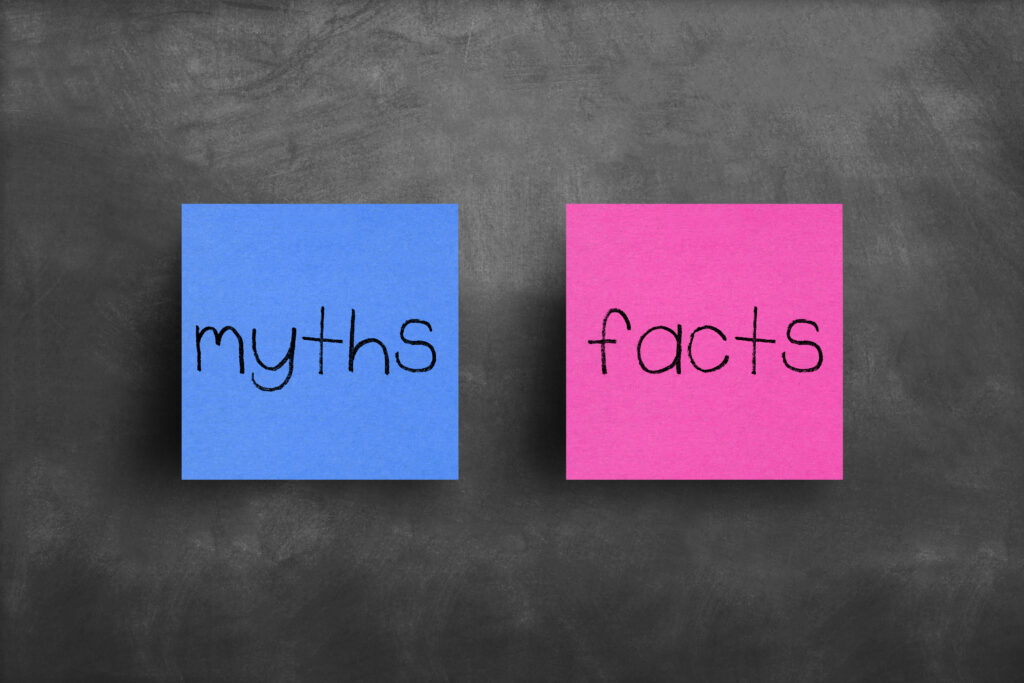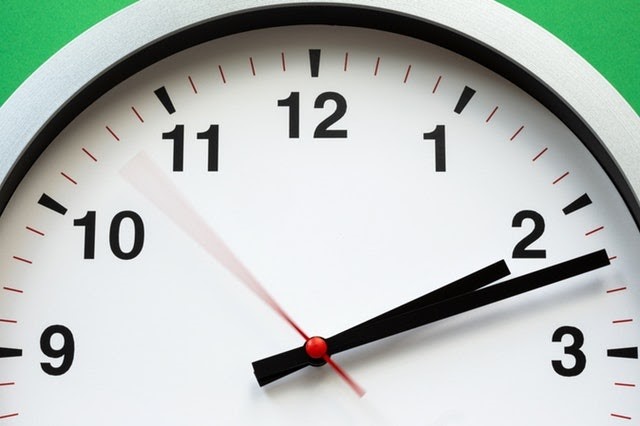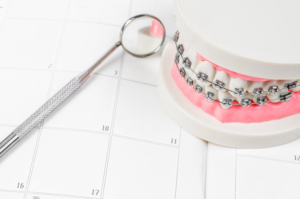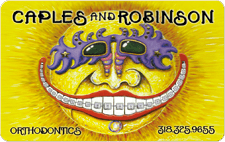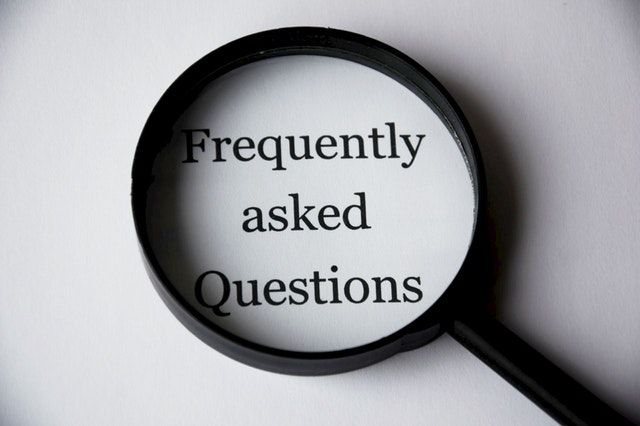
Whether you are considering orthodontic work for yourself or your child, there are many questions you will want answered before committing to a treatment plan. Here is a list of key conversations to have with our team during your next appointment:
1. What are my treatment options?
There are many different styles of braces, including traditional metal brackets, clear braces, invisible aligners and more. Ask us about the pros and cons of each and be sure to compare the treatment times and costs.
2. What is the estimated treatment time?
Treatment plan times can vary dramatically depending on your situation, your chosen treatment, and your adherence to our guidance. Clarifying expectations with our office now can provide you with a realistic picture of when you can debut your new smile.
3. Do I need to change my lifestyle or activities?
Sports and other hobbies should continue as usual with braces, but there may be certain adjustments needed, such as wearing a mouthguard during athletic events. Depending on the type of treatment you choose, you may have to avoid eating certain foods as well.
4. How many office visits are required?
The time frame will vary based on the type of braces you recieve and the treatment plan our office recommends and utilizes.
5. Will I need to remove any teeth?
While there are conflicting opinions on the necessity of tooth extraction in some orthodontic cases, our office will work with you to ensure that you are only getting the most necessary care. If a tooth extraction is needed in order to help you achieve a straighter smile, we will discuss that option with you in time.
6. What happens if my brackets or wires come loose?
Loose brackets or wires are not uncommon during orthodontic treatment. If this happens to you, you can contact our office to set up a time to fix the issue. In the meantime, dental wax is a great way to reduce the pain that loose wires can cause in some instances.
7. What happens if I break or lose my retainer?
Replacement retainers can be made, but it’s a good idea to keep removable appliances in a case when not in use, to avoid accidental loss or damage.
8. What is the total cost of my treatment plan?
As with many other aspects of orthodontic treatment, the cost could vary. However, our office will work with you to find the treatment option that works best for your needs.
Orthodontic treatment is a very unique and personal experience – for both you and your child. Asking the right questions ahead of time can help you manage expectations and get you started on your journey towards a healthy, beautiful smile. If you’re interested in getting started on creating a beautiful healthy smile of your own, call our orthodontist in Monroe, LA today for a complimentary consultation.
Caples & Robinson Orthodontics
Phone: (318) 325-9655
Url: https://caplesrobinsonortho.com/
2210 Forsythe Ave.
Monroe, LA 71201


